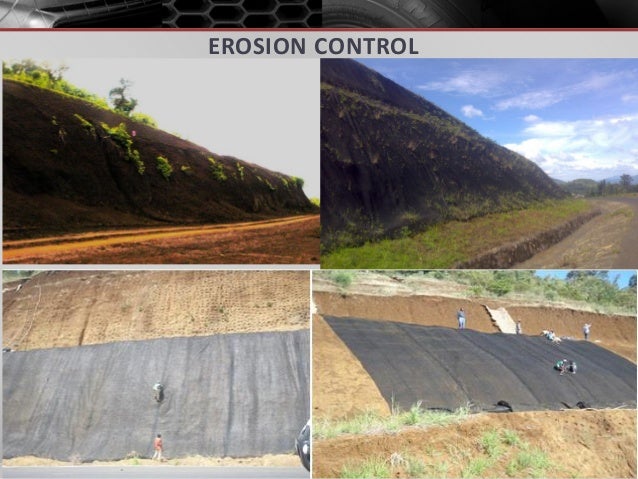The Importance Of Geosynthetics In Civil Engineering

Have you ever wondered how geosynthetics can be used in civil engineering projects? Well, wonder no more! In this article, we will explore the various applications of geosynthetics in civil engineering and its benefits.
Introduction
Geosynthetics are man-made materials that are used in civil engineering projects to improve the performance of the natural soil. They are made of synthetic polymers and can be used as reinforcement, separation, filtration, drainage, and protection.
The use of geosynthetics in civil engineering has increased in recent years due to their cost-effectiveness, versatility, and durability. They have proved to be a vital solution in projects like road construction, landfill, and drainage systems.
FAQ
What are the types of geosynthetics?
There are several types of geosynthetics, including:
- Geotextiles
- Geogrids
- Geomembranes
- Geocells
- Geocomposites
What are the benefits of using geosynthetics in civil engineering projects?
The benefits of using geosynthetics in civil engineering include:
- Improved soil stability
- Better drainage and filtration
- Separation of materials
- Reduced erosion and sedimentation
- Extended lifespan of infrastructure
How are geosynthetics installed?
Geosynthetics can be installed using various methods, depending on the project's needs and requirements. The most common methods include:
- Mechanical attachment
- Adhesive bonding
- Thermal fusion
- Hydraulic bonding
Applications of Geosynthetics in Civil Engineering
1. Road Construction
One of the most common applications of geosynthetics in civil engineering is in road construction. Geosynthetics can be used to reinforce the soil, stabilize the subgrade, and improve drainage. Geotextiles and geogrids are the most commonly used geosynthetics in road construction projects.
2. Landfills
Geosynthetics are also widely used in landfill projects. Geomembranes and geosynthetic clay liners (GCLs) are used to contain and prevent the leakage of waste materials. Geotextiles are also used as a drainage layer in landfills.
3. Erosion Control
Geosynthetics are used to control erosion and sedimentation in construction sites and waterways. They are designed to minimize soil erosion and protect the underlying soil from erosion. Geocells and geotubes are commonly used geosynthetics for erosion control.
4. Retaining Walls
Geosynthetics can be used to stabilize and reinforce retaining walls. Geotextiles and geogrids are used as reinforcement materials to improve the stability of retaining walls.
5. Drainage Systems
Geosynthetics are commonly used in drainage systems to provide a barrier between the soil and the drainage layer. Geotextiles are used to prevent the drainage layer from clogging and reduce the risk of soil erosion. Geocomposites can also be used as a drainage layer in combination with geotextiles.
6. Pavement Overlays
Geosynthetics can be used in pavement overlays to improve the performance of the pavement. They are used to reduce reflective cracking, improve surface friction, and provide a waterproof barrier. Geotextiles and geogrids are commonly used geosynthetics in pavement overlays.
7. Mining Industry
Geosynthetics are extensively used in the mining industry for various applications. They are used to line tailings dams, cover leach pads, and prevent erosion in slopes. Geomembranes and geotextiles are commonly used geosynthetics in the mining industry.
8. Retention Ponds
Geosynthetics are used in retention ponds to prevent soil erosion and improve the stability of the soil. Geomembranes and geotextiles are common geosynthetics used in retention ponds to provide a barrier between the soil and the water.
Conclusion
In conclusion, geosynthetics are versatile and cost-effective materials that have found various applications in civil engineering projects. From road construction to mining, geosynthetics have proved to be vital in improving the performance and durability of infrastructure. Their use is expected to increase as more engineers discover their numerous benefits in civil engineering.


Post a Comment for "The Importance Of Geosynthetics In Civil Engineering"